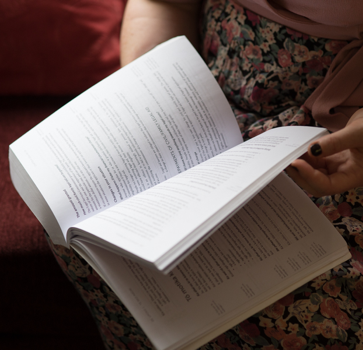Getting protection under the Harassment Act
What counts as “harassment”?
What counts as “harassment” in the Harassment Act?
For there to be “harassment” as defined in the Harassment Act, there must be both of the following:
- the type of behaviour set out in the Harassment Act, and
- a pattern of behaviour (not just a one-off incident)
Step 1. Is it the type of behaviour that can amount to “harassment”?
These are the types of acts or incidents that can amount to harassment:
- watching, hanging around, or blocking access to or from your home or workplace, or any other place you visit regularly or often
- following, stopping or confronting you
- coming into your home or onto your property, or interfering with your home or any of your things
- contacting you – either by phone, letter, email or text, or through social media sites or apps like Facebook, or in any other way
- giving you offensive material, or leaving it where you’ll find it or where someone else will give it to you or bring it to your attention – this includes posting offensive pictures or other material online
- doing anything else that makes you fear for your safety, and that would make a reasonable person in your situation fear for their safety. This includes where the harasser does the thing to a member of your family (rather than to you directly) in order to target you, and even if that family member doesn’t in fact fear for their own safety.
Note: It won’t count as harassment if the person is behaving this way for a “lawful purpose”. For example, a debt collector is allowed to contact you in ways that might usually amount to harassment because they have a lawful purpose for contacting you – though it might become harassment if they go outside of their lawful purpose (e.g. if they continue to contact you after you’ve paid the money).
Step 2. Is there a pattern of behaviour?
It won’t be harassment if the other person just does something once – like sending you a single text. There has to be a “pattern” of behaviour, which can be either of the following:
- Twice in one year – There’ll be a pattern if the person does any of the things listed above (in Step 1) twice or more within 12 months. It doesn’t have to be the same kind of thing each time – for example, the harasser might first confront you outside your home, and then a week later leave an abusive note in your letterbox.
- A continuing act – There’ll also be a pattern if the person does any of the things listed above as one continuing act over a period of time – for example, if they post abusive comments about you online and leave them there.
Harassing you indirectly through your family
It will also be harassing you if any of the different acts that make up the pattern of harassment are done to your family members, rather than to you directly, in order to harass you – for example, if the harasser sends a letter to your teenage daughter, knowing this will upset you.

